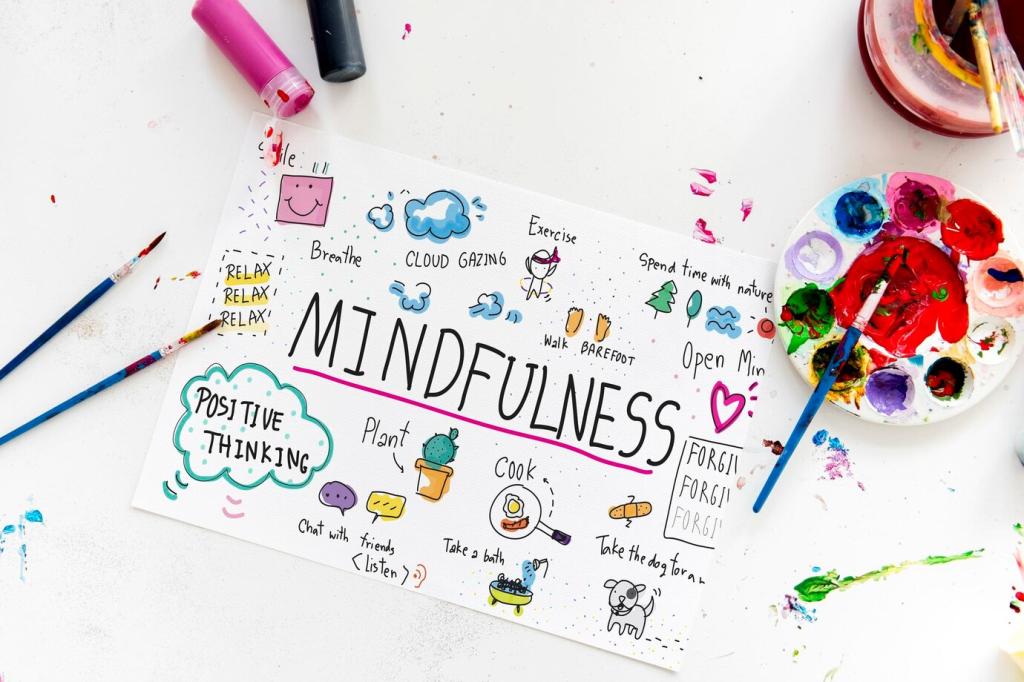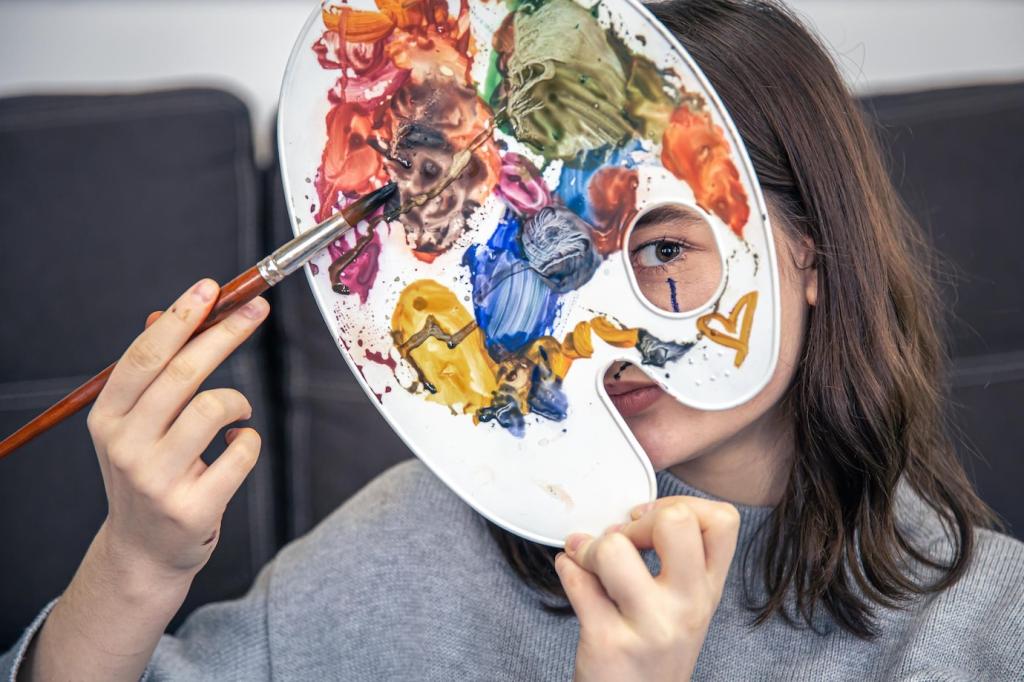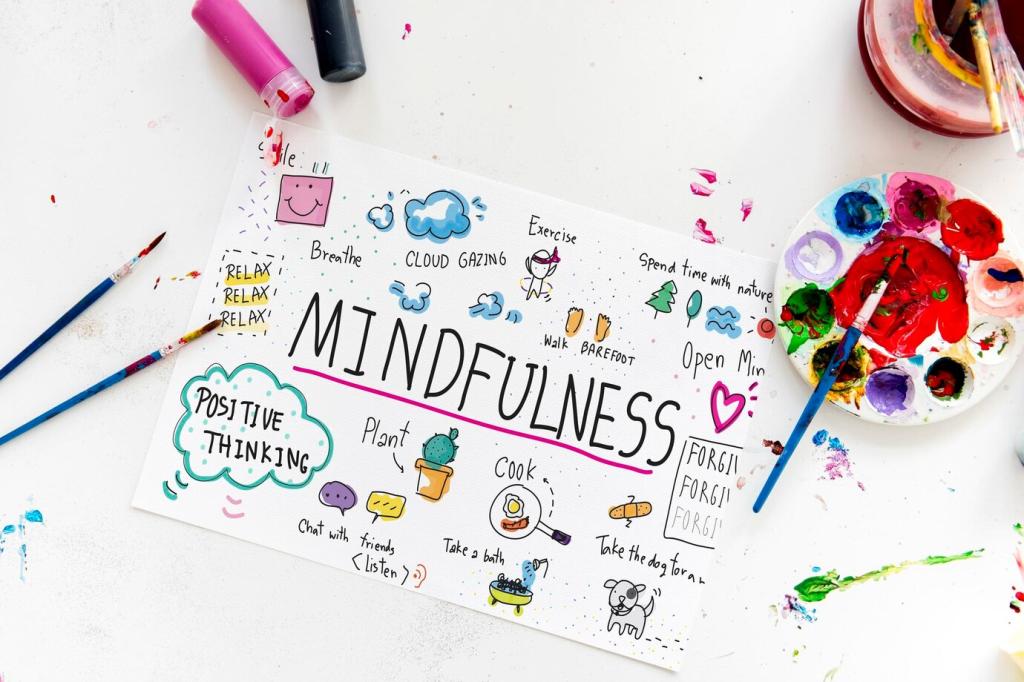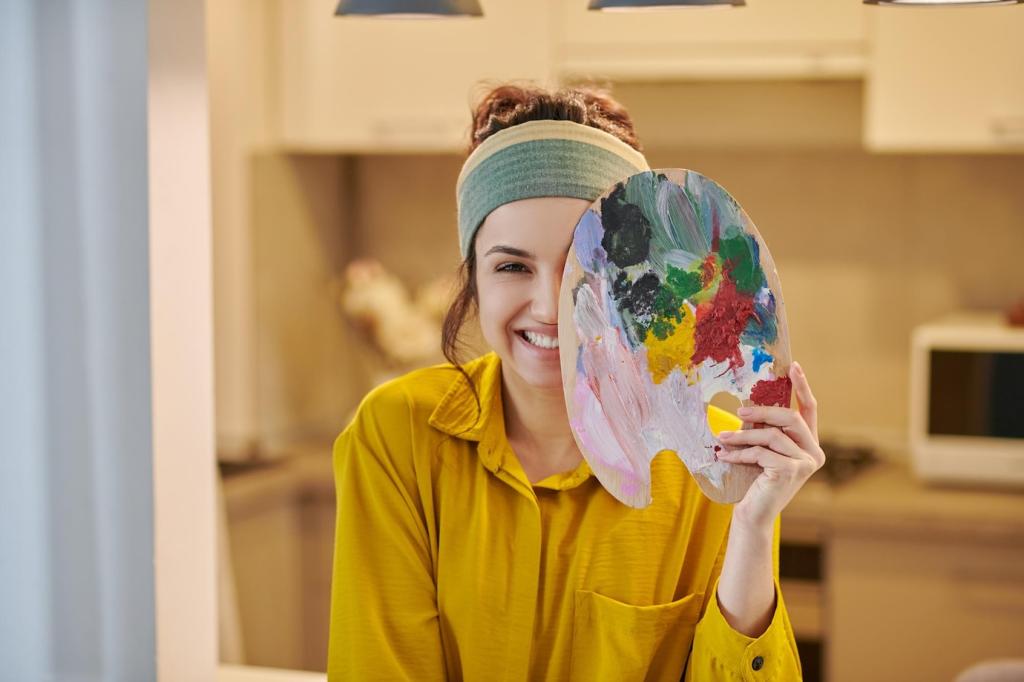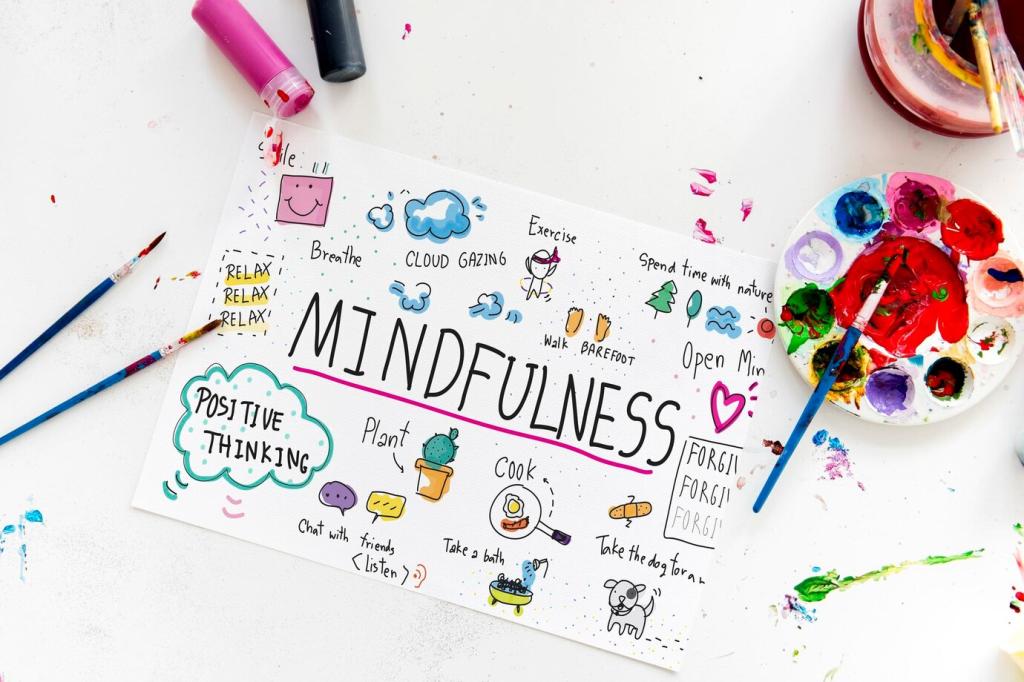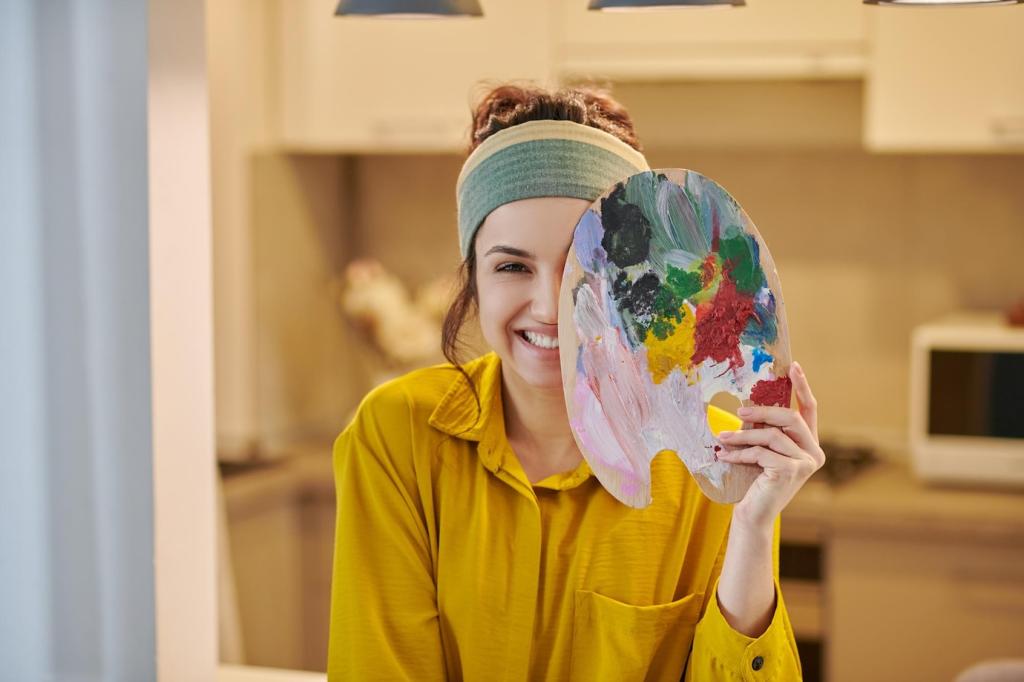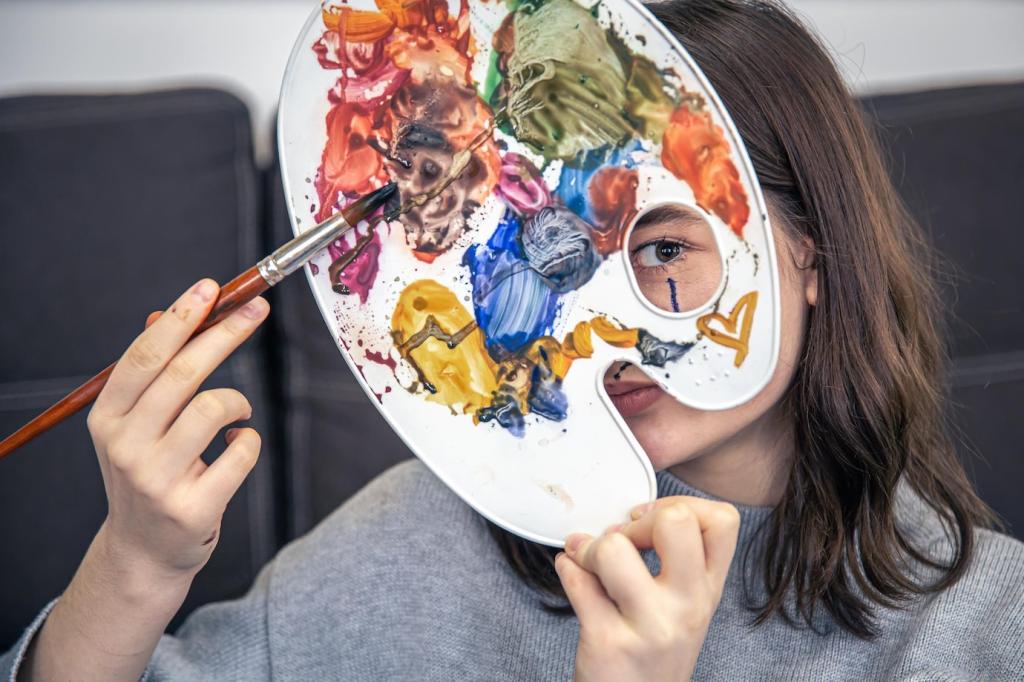Sfumato Breathing: Soft Edges, Quiet Mind
Set a timer for eight minutes. With pencil or charcoal, build tone in feather-light layers. No pressing, no rushing. Watch values thicken like dusk. Each pass is a breath; each breath is a veil. Calm gathers along the gradient.
Sfumato Breathing: Soft Edges, Quiet Mind
Inhale to position the pencil; exhale to shade two inches. Repeat deliberately. When thoughts intrude, soften your wrist and let exhalation guide the stroke again. Over time, your hand learns to follow calm, not urgency or perfection.
Sfumato Breathing: Soft Edges, Quiet Mind
Post a snapshot of a shaded sphere or a gentle cloud of tone. Describe the moment your attention felt weightless. Invite others to try the same timed practice, and subscribe for weekly sfumato prompts that deepen ease and nuance.


